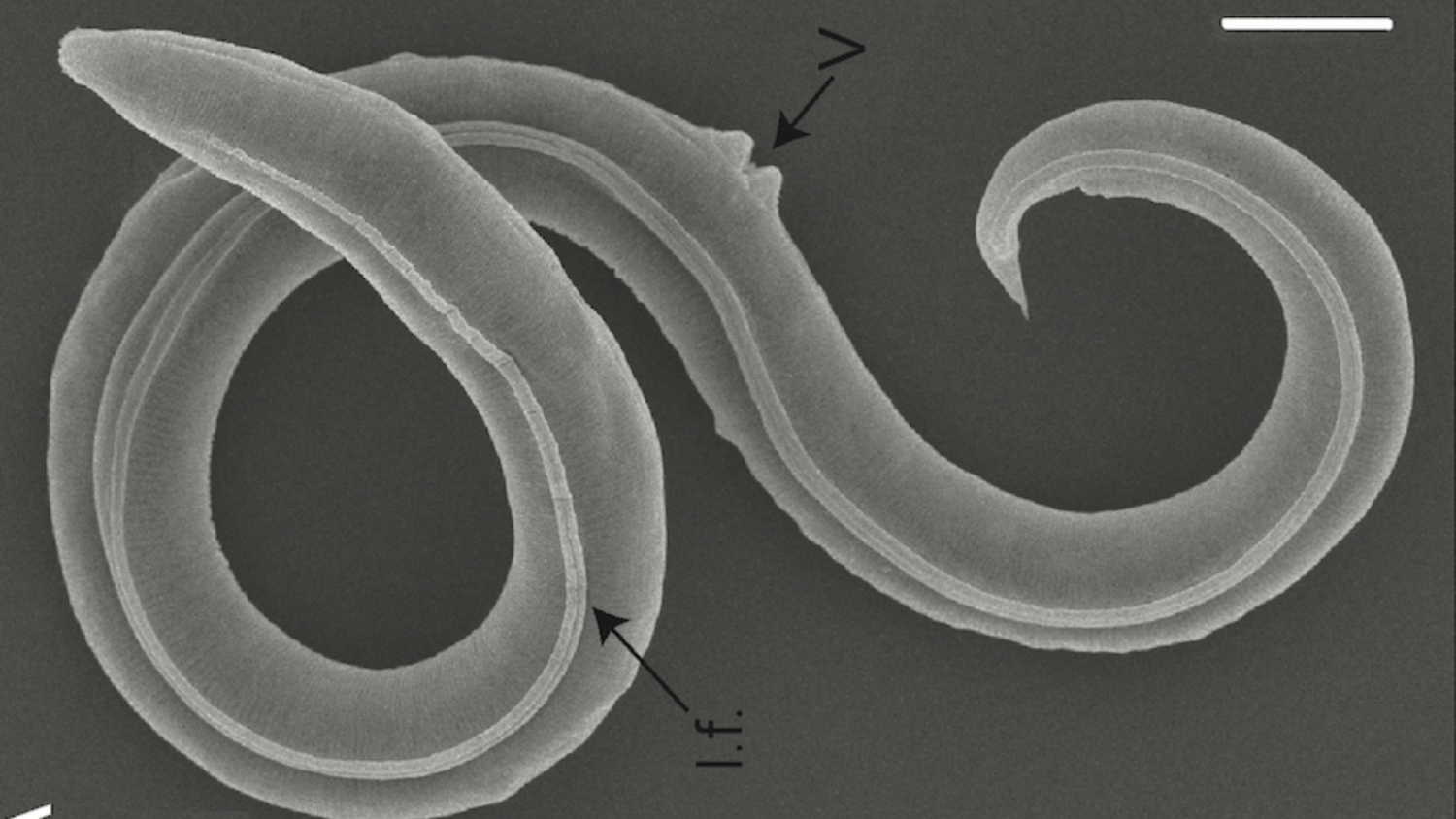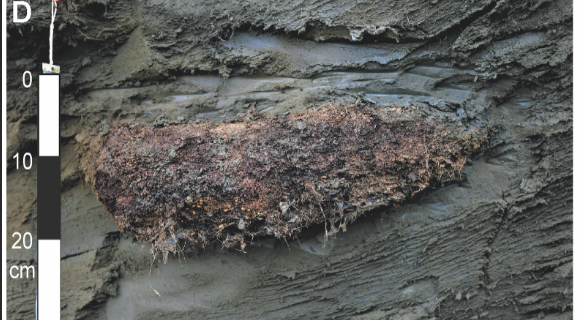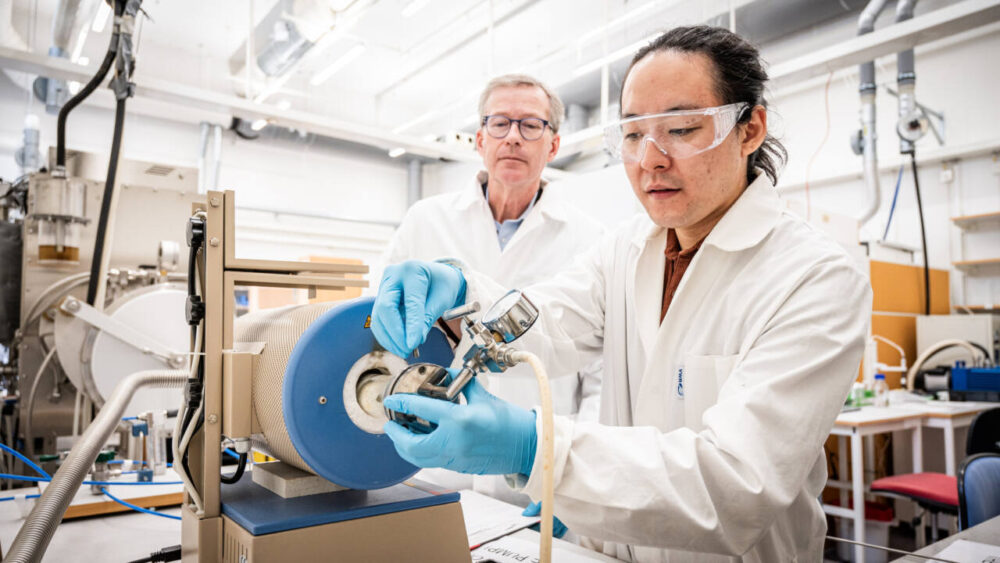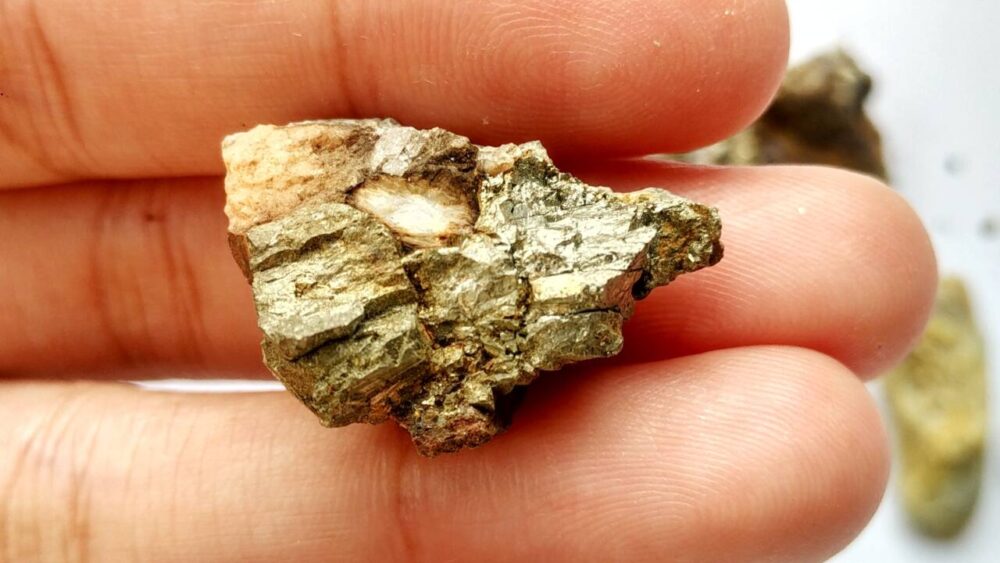This worm woke up after being frozen for 46,000 years
A small but mighty prehistoric creature somehow emerged alive from a chunk of ancient permafrost extracted from Siberia.
This might sound like the start of a science fiction blockbuster movie, but a study recently released by scientists provides evidence that a nematode maintained a state of suspended animation since the days of the Neanderthals.
The July 27 study published by PLOS Genetics discussed how the worm-like creature surprised scientists by moving after the permafrost thawed.
“Nobody had thought that this process could be for millennia, for 40,000 years — or even longer,” Philip Schiffer, one of the study’s authors, told NPR. “It’s just amazing that life can start again after such a long time, in the stage between life and death.”
MORE: Scientists have brought a 46,000-year-old worm back to life
Previously, the longest-known resuscitation for a frozen nematode was from an Antarctic species known as Plectus murryi.
Through genetic testing, the scientists labeled this new species Panagrolaimus kolymaensis.
The study team determined the nematode’s age by performing radiocarbon dating on the permafrost sample. The results showed the frozen soil was around 46,000 years old.
Scientists explained that the nematode was buried in the permafrost about 130 feet deep in an Arctic gopher burrow. Once there, it coped with the freezing temperatures by slowing its metabolism through a process known as cryptobiosis. This deep sleep allows an organism to stay alive in extreme conditions.
“We need to know how species adapted to the extreme through evolution to maybe help species alive today and humans as well,” Schiffer told The Washington Post.
Scientists learned soon after the nematode started moving that they had a female in the lab. She reproduced in the petri dish asexually, bringing this family’s first of many new generations into the world.
The original nematode to emerge from the permafrost died; however, with hundreds of generations still maintained by the scientific team, much more can be learned about this species and its impact on our modern world.
“You might learn a lot about how and what’s happening right now on Earth, and maybe even inform protection of endangered species,” Schiffer told NPR.







